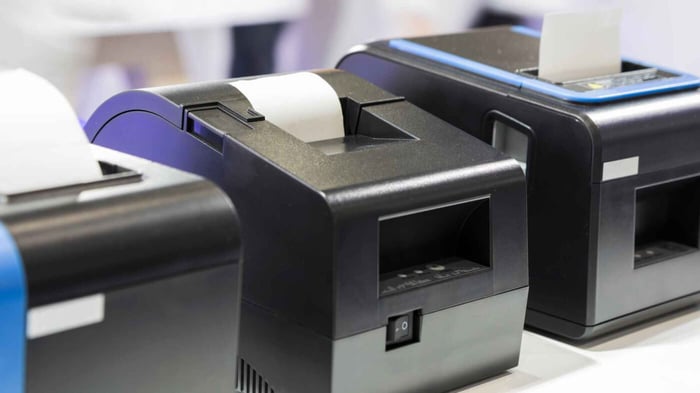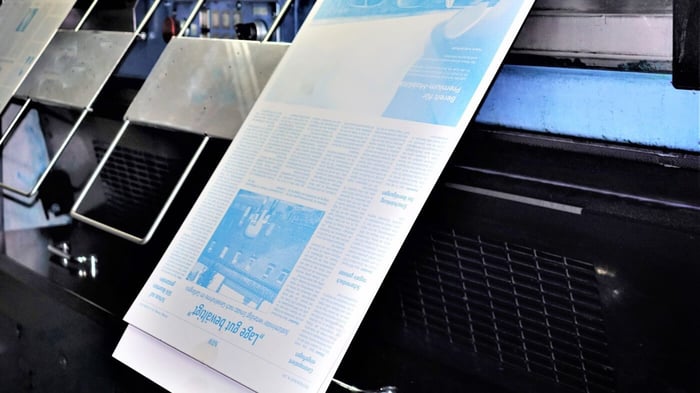In today's fast-paced world, thermal printers have become indispensable in various industries, including retail, healthcare, and logistics, due to their efficiency, reliability, and cost-effectiveness. Unlike traditional printers that use ink or toner to print on paper, thermal printers employ a unique method that involves heat to produce images and text. This technology not only simplifies the printing process but also provides a high level of precision and durability, making thermal printers a preferred choice for businesses around the globe.
Thermal printing technology is broadly divided into two categories: direct thermal printing and thermal transfer printing. Both types utilize heat in their operation but do so in fundamentally different ways, catering to varied printing needs and applications. Direct thermal printers apply heat directly to heat-sensitive paper, which changes color to form images or text. This method is widely used for receipts, tickets, and labels that have a shorter lifespan. On the other hand, thermal transfer printers use a thermal ribbon coated with wax, resin, or a combination of both, which melts onto the paper to create durable, long-lasting prints. This type of printing is ideal for barcodes, shipping labels, and other applications where the print must withstand exposure to elements and handling.
Types of Thermal Printers
Direct thermal printers are celebrated for their simplicity and cost-effectiveness. They do not require ink, toner, or ribbon, making them a low-maintenance business option. The absence of these consumables reduces operational costs and minimizes the printer's environmental impact by producing less waste. However, direct thermal prints are susceptible to fading, especially when exposed to heat, light, and other environmental factors. This limits their use to applications where the print longevity is not critical.
Thermal transfer printers, in contrast, offer a solution for printing needs that demand higher durability and resistance to environmental conditions. Using a thermal ribbon, these printers can produce labels and barcodes that remain legible and intact for years, making them an ideal choice for product labeling in manufacturing and distribution. The flexibility to use different types of ribbons (wax, resin, or wax/resin mix) allows for customization based on the specific durability needs of the print job. While thermal transfer printing involves higher initial costs due to the need for ribbons, the long-term benefits of durable, high-quality prints often justify the investment.

Applications of Thermal Printers in Business
The versatility of thermal printers makes them a valuable asset across a wide range of business operations. In the retail sector, they are used for printing receipts, coupons, and vouchers at the point of sale, facilitating quick and efficient customer transactions. The healthcare industry benefits from the precision and speed of thermal printers to produce patient identification bands and labels for medication, ensuring accuracy and improving patient safety. In logistics and shipping, thermal printers are crucial in generating shipping labels, tracking barcodes, managing inventory, streamlining the supply chain, and enhancing operational efficiency.
Moreover, the adoption of thermal printers extends beyond these industries. Event organizers rely on them for printing tickets and badges. At the same time, food service businesses use them to print order tickets and delivery labels, demonstrating the technology's adaptability to various printing needs. The ability to quickly produce high-quality prints without the hassle of ink or toner replacements makes thermal printers a practical solution for businesses aiming to optimize their operations and reduce downtime.
Advantages of Thermal Printers
One of the most compelling advantages of thermal printers is their efficiency. Capable of printing faster than many inkjet and laser printers, they can easily handle high-volume printing tasks, making them suitable for environments where speed is of the essence. Additionally, the prints produced by thermal printers are known for their clarity and precision, particularly important for applications like barcode printing, where readability is critical.
Another significant benefit is the durability of thermal prints. Direct thermal prints, despite their susceptibility to environmental factors, provide sufficient durability for short-term applications. In contrast, thermal transfer prints offer long-term resistance to fading, abrasion, and chemicals. This durability ensures that labels and barcodes remain legible and intact throughout their lifecycle, reducing the risk of errors and inefficiencies in business operations.
Considerations for Businesses
Choosing the right thermal printer involves evaluating several factors, including the business's specific printing needs, the prints' desired durability, and the operational environment. Companies that require temporary labels or receipts may find direct thermal printers an economical and efficient option. However, thermal transfer printers would be the more appropriate choice for applications that demand long-lasting prints. Additionally, businesses should consider the total cost of ownership, which includes the initial purchase price and the ongoing costs of supplies and maintenance.
In an era where sustainability is increasingly important, businesses should also weigh the environmental impact of their printing solutions. Thermal printers, particularly direct thermal printers, offer an advantage by eliminating the need for ink and toner cartridges, thereby reducing waste. However, the choice of paper and ribbons, as well as the energy consumption of the printer, are also important considerations for minimizing the environmental footprint of printing activities.
Lear about monochrome printers.
Conclusion
Thermal printers represent a sophisticated yet straightforward solution for a wide range of printing needs, offering a blend of efficiency, durability, and cost-effectiveness that is hard to match with other printing technologies. By understanding the principles behind thermal printing, the types of thermal printers available, and their applications and advantages, businesses can make informed decisions that enhance their operational efficiency and productivity. As technology evolves, thermal printing remains a reliable and valuable tool for businesses seeking to optimize their printing processes and improve their bottom line.






